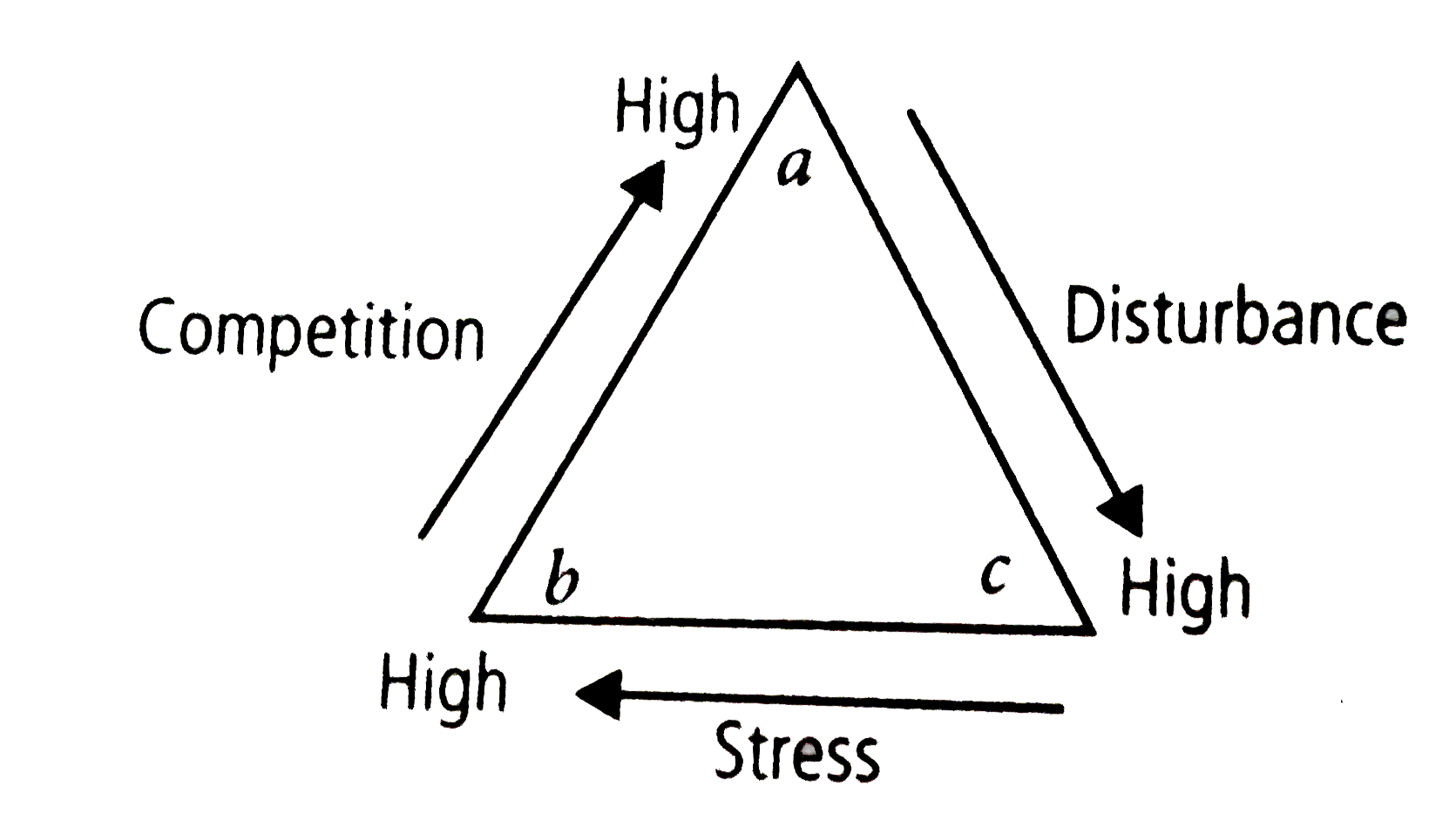Species that are most effective at colonising new habitats show
low reproductive ability
high dispersal ability
slow growth and maturation
high competitive ability
The correct Answer is:D
To answer the question regarding which species are most effective at colonizing new habitats, we can analyze the characteristics that contribute to successful colonization. Here’s a step-by-step solution:
Step 1: Understanding Colonization
Colonization refers to the establishment of a species in a new habitat. This process requires certain traits that enhance a species' ability to thrive in unfamiliar environments.
Hint: Think about what traits would help a species survive and reproduce in a new habitat.
Step 2: Evaluating Reproductive Ability
One important factor is reproductive ability. Species that reproduce quickly can establish populations more rapidly. However, low reproductive ability would hinder colonization.
Hint: Consider how quickly a species can increase its numbers and why that might be important.
Step 3: Considering Dispersal Ability
Dispersal ability refers to how well a species can spread its offspring across distances. While high dispersal ability can be beneficial, it may not apply equally to all organisms, especially in the animal kingdom.
Hint: Reflect on how plants and animals disperse and why this might affect their colonization success.
Step 4: Growth and Maturation Rate
The rate of growth and maturation is crucial. Species that grow and mature slowly would take longer to establish themselves in a new habitat, which is not advantageous for colonization.
Hint: Think about how growth rates impact a species' ability to compete for resources.
Step 5: Competitive Ability
High competitive ability is essential for a species to thrive in a new habitat. Species that can effectively compete for resources such as food, space, and mates are more likely to establish and grow in a new environment.
Hint: Consider why competition is vital in ecosystems and how it influences species success.
Conclusion
After evaluating all the options, the species that are most effective at colonizing new habitats show high competitive ability. This trait allows them to thrive and establish themselves successfully in new environments.
Final Answer: High competitive ability.
Colonization refers to the establishment of a species in a new habitat. This process requires certain traits that enhance a species' ability to thrive in unfamiliar environments.
One important factor is reproductive ability. Species that reproduce quickly can establish populations more rapidly. However, low reproductive ability would hinder colonization.
Dispersal ability refers to how well a species can spread its offspring across distances. While high dispersal ability can be beneficial, it may not apply equally to all organisms, especially in the animal kingdom.
The rate of growth and maturation is crucial. Species that grow and mature slowly would take longer to establish themselves in a new habitat, which is not advantageous for colonization.
High competitive ability is essential for a species to thrive in a new habitat. Species that can effectively compete for resources such as food, space, and mates are more likely to establish and grow in a new environment.
After evaluating all the options, the species that are most effective at colonizing new habitats show high competitive ability. This trait allows them to thrive and establish themselves successfully in new environments.
Topper's Solved these Questions
- BOOK - KVPY PREVIOUS YEARCHAPTER - QUESTION PAPER 2013EXERCISE - PART-II (BIOLOGY)15videos
QUESTION PAPER 2013
- BOOK - KVPY PREVIOUS YEARCHAPTER - QUESTION PAPER 2013EXERCISE - PART-II (BIOLOGY)15videos
QUESTION PAPER 2013
- BOOK - KVPY PREVIOUS YEARCHAPTER - MOCK TEST 9EXERCISE - EXERCISE18videos
MOCK TEST 9
- BOOK - KVPY PREVIOUS YEARCHAPTER - QUESTION PAPER 2020EXERCISE - PART-II(BIOLOGY)10videos
QUESTION PAPER 2020
Similar Questions
Knowledge Check
- Question 1 - Select One
Species which are not the natural inhabitants of the local habitat but are introduced into the system, are called:
AExotic speciesBExtinct speciesCEndangered speciesDRare species - Question 2 - Select One
An evolutionary process giving rise to new species adapted to new habitats and ways of life is called
AAdaptive radiationBAtavismCReversionDGenetic drift - Question 3 - Select One
Evolutionary process, giving rise to new species adapted to new habitats and ways of life, is called as adaptive radiation, for example
ADarwin's finches in Galapagos IslandsBAustralian marsupials that radiated to form new speciesCWolf and Tasmanian wolfDBoth (1) and (2)
Choosing different time for feeding and different foraging pattern can avoid competition in the :-
(a) Closely related species found in different habitats
(b) Two species compete for same resources
(c) Species having similar niche and sharing same habitat
(d) Two species having different niche in same habitatView SolutionThe figure below depicts life-histroy strategies for three plant species (a,b and c) along 3 axes : strength of competition with other organisms, level of distrubance in the habitat, and level of environmental stress in the habitat. Species a grows in habitats where competition among species b grown in habitats with and stress are low. Species b grows in habitats with high environmental stress but with low interspecies competition. Species c grows in highly disturbed habitats with low enviornmental stress.
 Which of the statements below is/are correct ?
Which of the statements below is/are correct ?
I. Characteristics of "a-type" plants are faster growth rate and short-lived leaves.
II. Desert annual plants are "b-type" species. they have rapid growth and produce large amount of seeds in a short time after rains.
III. Most plants belonging to "c-type" species would be herbaceous while "a-type" and "b-types" species are likely to be trees or shrubs.View SolutionAbundance of a species population within its habitat is
View SolutionEcologists say that a niche is like a species , while habitat is like its
View SolutionA: An ecological niche is usually occupied by a single species
R: More than one species can live insame habitat.View Solution

